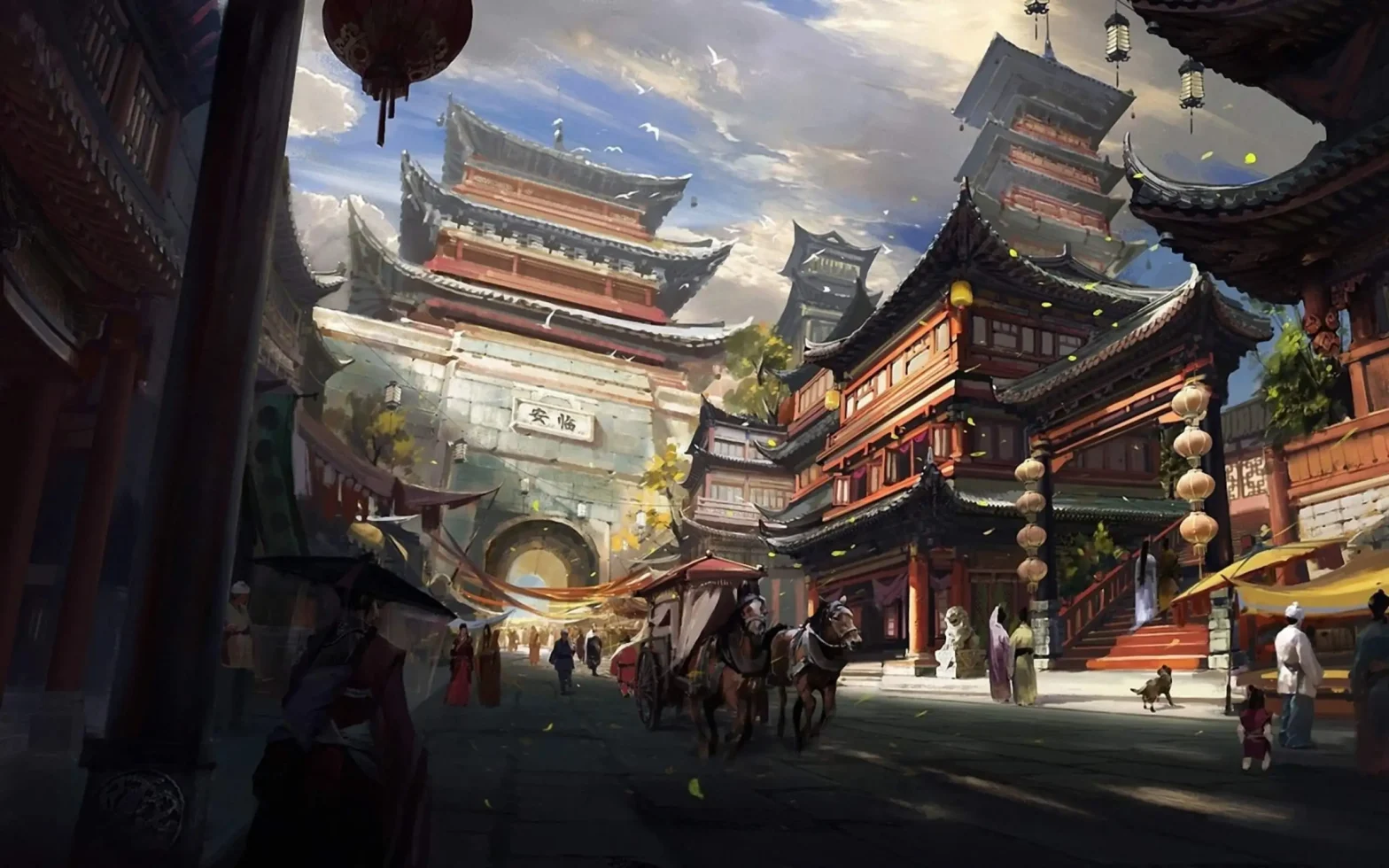Feng Shui in Chinese means “wind water”. The concept of wind and water has its origin in the Five Elements Theory in the Chinese philosophy. Metal, wood, water, fire, and earth are regarded as the five fundamental elements in the natural world. Being part of nature, man is affected by these elements. Feng Shui is a complex system developed during ancient China to decipher nature and its relationship with man. It uses mathematics and astronomy for man to achieve harmony between the Yin and Yang duality. The duality represents the polar opposites that exist in nature, e.g. male and female, east and west, north and south, strong and weakness, up and down, etc.
The Origin of Feng Shui
According to the classical literature of Taoism, nature is comprised of Yin and Yang, opposite and yet complementary. The Taoists believe by balancing the Yin and Yang elements, it creates a positive flow of Chi and eliminates negative Chi. Historical artifacts show that Feng Shui principles had been in use for thousands of years in China. Early examples of Feng Shui can be found in the placement of ancient Chinese grave sites.
The Tools of Feng Shui
To apply Feng Shui principles properly, Lopun and Baqua are the two essential tools. Always pointing south and comprised of twenty-four directions, Lopun is an ancient Chinese compass for the purpose of determining the beneficial directions for building design and proper layout for living quarters. Used in tandem with the Lopun compass is the octagon-shaped Baqua. It is divided into eight triangles of equal size, all pointing towards a small circle in the middle representing earth. The eight triangles of Baqua cover the eight facets of life – life path, self-cultivation, family, self-worth, social life, intimacy, creativity, and spirituality. These two tools are complex and intricate. It requires deliberate and intense study to master their application.
What Is Feng Shui Commonly Used For?
China and Southeast Asia, Feng Shui is often used in dwelling designs and the arrangements of living quarters. It is the art and science of arranging buildings, objects, and living spaces in such a way to create harmony and balance. The basis of Feng Shui lies in the belief that having harmony and balance will benefit the inhabitant’s overall well-being. Things that can affect harmony and balance are numerous, including the building’s orientation, the layout of the living quarters, the choice of furniture and their arrangement, the position of doorways and windows, the choice of colors, natural light, sounds, and the “five elements of nature”. When every item is carefully and intentionally chosen and arranged, it is supposed to produce a living environment that is conducive to positive mood, good health, harmonious relationship, and luck.
Feng Shui in the Contemporary World
People today can apply some of the basic Feng Shui principles in making their living quarters more comfortable and agreeable without getting into the intricacies of Feng Shui.
Decluttering: Clutter doesn’t only look unappealing, but it also reduces the available living space. Given the high cost of living space today, it would be smart by putting away objects that no longer serve a purpose,
Colors: Color can affect one’s state of mind and mood. Natural and light colors are known to produce a calming effect.
Sounds: The use of sound from wind chimes and water features can produce peaceful and soothing feelings.
Natural Elements: Natural light, air flow, and house plants are the elements that can bring aspects of nature into the living space.
As postulated in Taoism, man is part of nature and not above it. At the core of Feng Shui, it is a philosophy based on the observation of nature and its interaction with man. Its goal is to find ways for man to live in harmony with nature. Today, such a goal is no longer something that is aloof or abstract. The concern for nature and the environment is felt around the world. For humanity to survive, mankind will have to find the answer of living in harmony with nature.
In Mak Ming’s historical novel Shimmering Across Time, the author takes the readers onto a captivating journey during arguably the most tumultuous one hundred years in China and Southeast Asia. Told in vivid descriptions of the people and their struggles in this heartwarming tale, the story is rich in historical events and cultural references. For readers interested in learning more about Feng Shui, Mid-Autumn Festival, Moon Cake, Lunar New Year Celebration, and other Chinese customs and culture, they will be glad to add this enthralling novel to their book collection.


